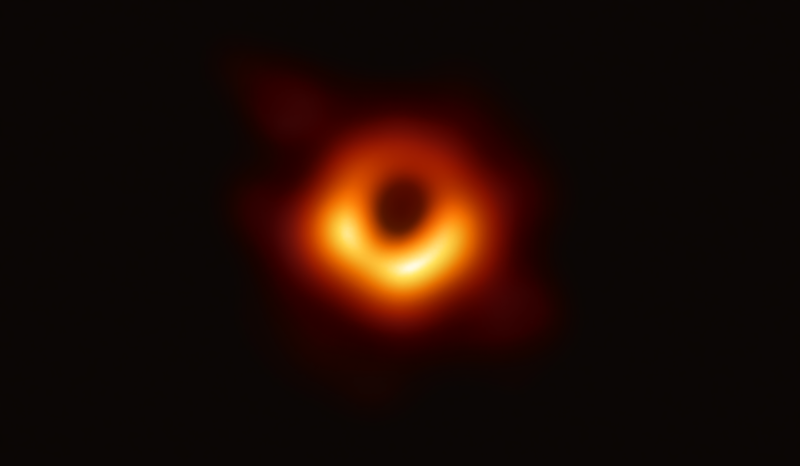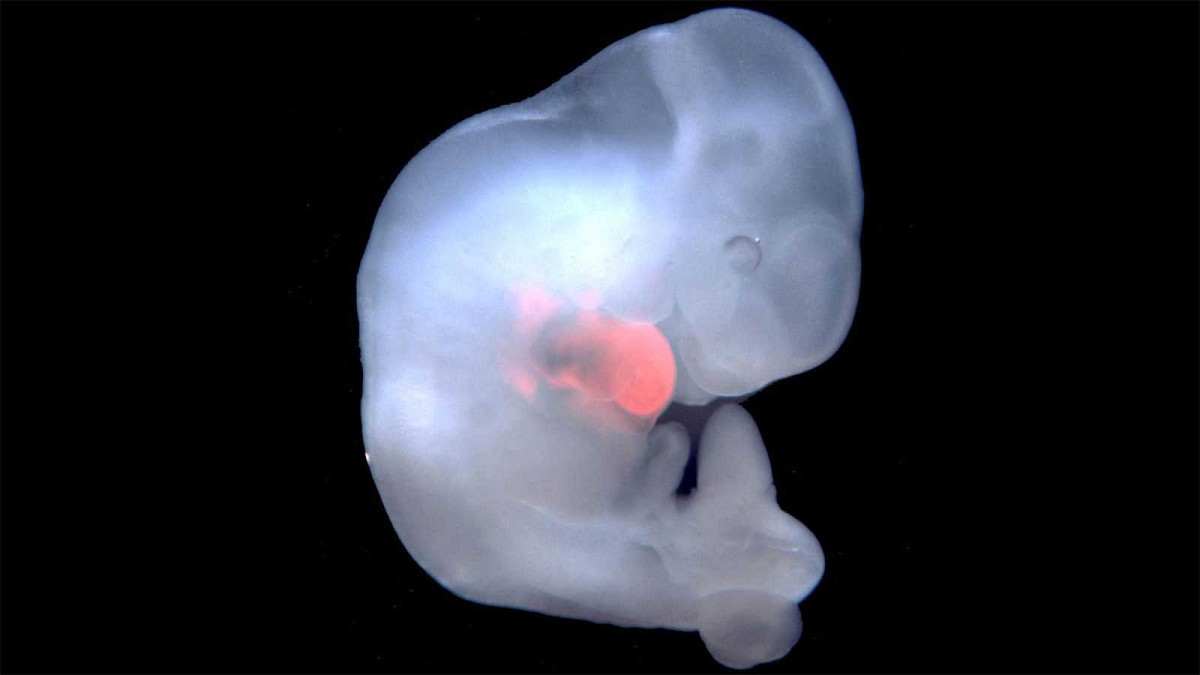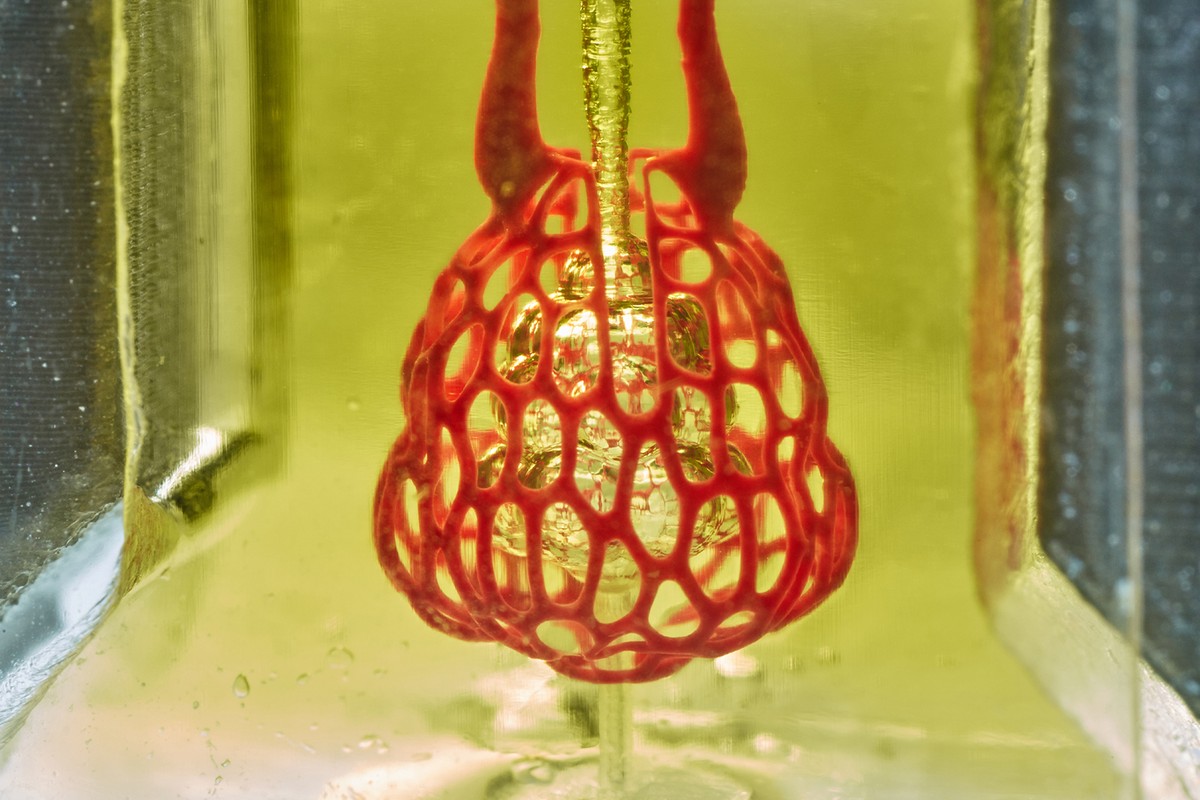Top scientific news 2019
2019/12/20 Elhuyar Zientzia Iturria: Elhuyar aldizkaria
- Bioteknologia
- Adimen artifiziala
- Arkeologia
- Medikuntza
- Teknologia
- Astrofisika
- Astronautika
- Astronomia
- Genetika

2019 has been a great year of scientific and technological news. Highlights:
1.The EHT telescope shows the first image of a black hole
The definition of the black hole in the New Elhuyar Dictionary ZTH is the body that creates a gravitational field capable of preventing matter and light from coming out of it. According to this, no photo can be taken. However, the team of the EHT telescope (event horizon) represented for the first time the image of a black hole, the black hole of the galaxy M87.
2.New Horizons probe sends first photo of Arrokoth
In the early days of the year, NASA's New Horizons probe sent the first photograph of the distant Arrokoth object. Subsequently, more images and data have been collected and a name agreement has been reached, which was initially called Ultima Thule.
3.Waves are becoming stronger due to climate change
The waves of the sea have more and more energy, according to a study by the University of Cantabria. And this is directly related to ocean warming.
4ºInvent an antenna that converts wifi into electricity
With a two-dimensional material of Molybdenum bisulfide, researchers at the Massachusetts Institute of Technology have invented an antenna (rectenna) that converts the wifi signal into electricity.
5.Confirm AIDS healing by bone marrow transplant
For the second time they manage to cure a patient with AIDS. He underwent a bone marrow transplant as he also had Hodgkin lymphoma and needed to survive. They transplanted the bone marrow of an hiv-resistant person. After the transplant, the researchers have not seen any remnants of viruses: neither in the blood, nor in the deposits.
6th The Lower Palaeolithic shows the human presence in Praileaitz
In the cave of Praileaitz I (Deba, Gipuzkoa), about 200,000 years ago, signs of human presence have been found, such as stone tools used by them and the fossils of the animals eaten, including the bones of a large mammal of the elephant family.
7.Get the vascularization of 3D printers to create functional organs
Bioengineers have found a major limitation in the career of creating human functional organs with 3D printers: they fail to create a network of blood vessels that provide oxygen and nutrients to the organs, and the organs deteriorate rapidly. have now managed to print a complex vascular network compatible with biological materials.
8. Develop a tool that converts thought into voice
There are already several communication systems to help people who have lost the ability to speak from paralysis. The best known ones, like the one used by Stephen Hawking, are based on gestures or eye movements, whose result is not as good as expected. Now they have achieved a similar result to natural speech, returning brain activity to speech movements and turning them into voice.
9.Create human monkey shoots
Researchers from the Jaun Carlos Izpisua group at the Catholic University of Murcia (UCAM) have created a laboratory in China. They have introduced human cells into the embryo of a monkey in order to investigate the pathways to create transplant organs. According to the researchers, an experiment with monkeys has been conducted in China elsewhere to avoid legal problems.
10.Elhuyar publishes translator.eus
The machine translator created by Elhuyar is a good example of the development of artificial intelligence. He performs translations between Basque, Spanish, French, Catalan and Galician. Details by Itziar Cortés Etxabe, head of translation technologies for Elhuyar, in the Norte Ferrokarrilla program.

Gai honi buruzko eduki gehiago
Elhuyarrek garatutako teknologia





